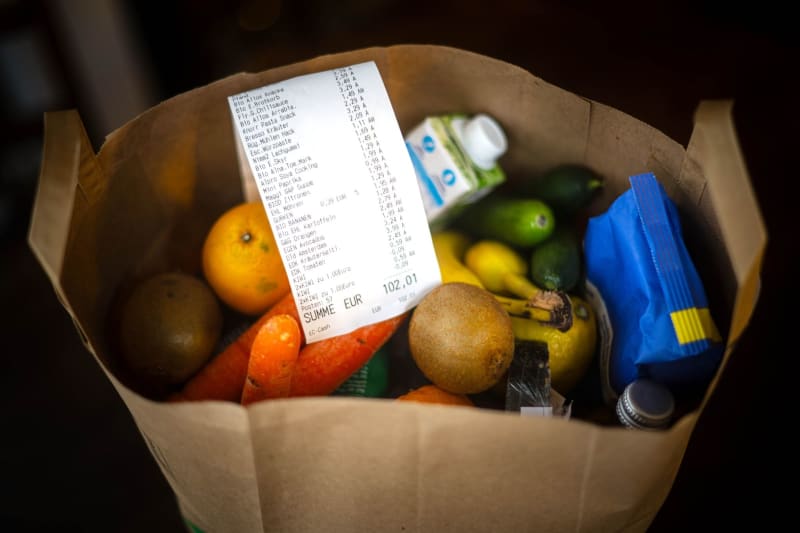The inflation rate in Germany remained unchanged in April after declines in the three consecutive preceding months.
Consumer prices in April rose by 2.2% more than in the same month last year, the Federal Statistical Office said in a preliminary reading on Monday. The last time the annual inflation rate was lower was in April 2021, when it was 2%. In December last year the rate stood at 3.7%, and has been falling steadily since then.
Consumers paid 0.5% more for food in April than a year earlier. By contrast, prices for household energy fell by 1.2% – despite the expiry of the temporary VAT reduction for gas and district heating. The regular VAT rate of 19% has once again applied to these goods since the beginning of April. The German government had reduced VAT on natural gas and district heating to 7% from October 1, 2022 to March 31, 2024 in order to cushion the high energy prices as a result of the Russian war of aggression against Ukraine.
In some of Germany’s 16 states, district heating prices rose significantly year-on-year, according to statistics from state offices. In addition, people had to dig deeper into their pockets when visiting restaurants or staying overnight in hotels in many states this April than a year earlier.
On average for the year, leading economic research institutes expect inflation in Europe’s largest economy to slow significantly to 2.3% from 5.9% last year.
